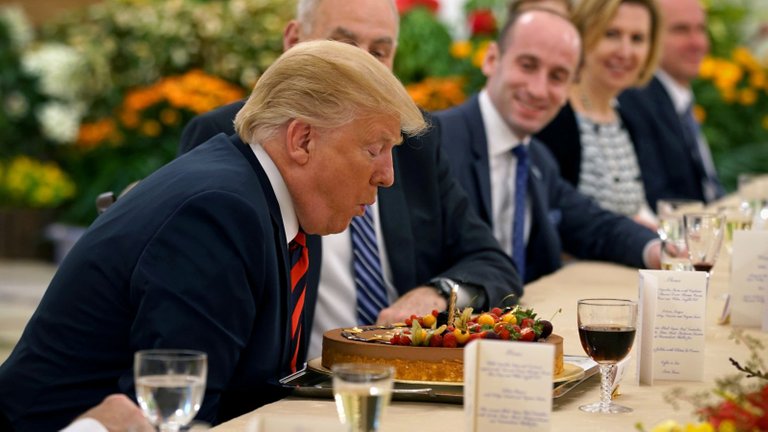
The American food safety system is poised for a big shake-up. This week, president Donald Trump released a plan (pdf) that would bring the nation’s sprawling food safety forces under the watch of a single agency.
It would be a significant change to the US regulatory system, with merits and pitfalls. Right now, the US Department of Agriculture (USDA) is in charge of ensuring all meat, poultry, and catfish are safe to eat. The Department of Health and Human Services (HHS) has designated the Food and Drug Administration (FDA) to oversee just about everything else. Here’s a breakdown of what a massive consolidation might mean:
Let’s start with the good news
There are plenty of sound scientific reasons for making the change.
Trump’s reimagining of the system isn’t novel. The idea has been tossed around by public health groups and federal offices for years. The Government Accountability Office, the National Academies of Sciences, Engineering and Medicine, and the Center for Science in the Public Interest (pdf) have all released reports advocating for one, unified food safety agency.
This is a change that, if done the right way, could easily win bipartisan support.
In fact, Trump’s predecessor, Barack Obama, also sought to consolidate (paywall) food-safety responsibilities under one roof. His plan didn’t work out, though, because the Republican-controlled Congress at the time didn’t extend to him the authority to reshape the government. Trump is hoping he’ll find better luck with a Congress led by his own party.
Right now the federal government spends close to $2.3 billion a year on food-safety programs. The USDA employs about 9,200 people to handle meat inspections with an annual budget of $1 billion. The FDA handles just about everything else with an annual budget of $1.3 billion and 5,000 employees. Trump’s proposed plan does not indicate budgeting or staffing would be cut.
The rest of the world is doing this.
Finally, this is global trend. The consolidation of food-safety authority into a single agency was adopted by Canada, Denmark, Ireland, and the UK in the 1990s. In 2002, the European Union and New Zealand followed suit. And in 2008, India made the same move.
Where it gets iffy
Under the Trump plan, food safety could become a lot more politicized.
There is one particularly glaring issue in the Trump plan: the department he wants to oversee food safety.
Right now, the USDA and HHS split the task of regulating food safety. One big difference is that while HHS only has to regulate food safety, the USDA is required by the government to both promote agriculture and regulate it. In the past, this has created an awkward relationship in which powerful meat interest groups have held political sway within the department.
Whereas Obama wanted to shift everything into a single agency under HHS, Trump wants to give all food safety authority to the USDA. That means the awkward promotion and regulation role couple be applied to the entire US food system, not just meat.
Is this the right administration to make these kinds of changes?
Bill Marler is one of America’s foremost food-safety attorneys, with decades of experience dealing with some of the most pernicious food-borne illness cases. He’s less concerned about the politicization of food safety than he is with the intentions of some of the people behind the proposed changes.
The concept isn’t bad, he says, but in practice, its efficacy boils down to who’s running the proposed single agency and what that person’s ethics and norms are. And, “at this point, I’d rather they just leave well enough alone in some respects,” Marler says. “I say that only because I look at what [the current administration has] been doing with respect to the Environmental Protection Agency and with respect to border control and all the things they’ve been doing to create crises and messes. Sticking their fingers in the food pie could be more of a problem for food safety.”